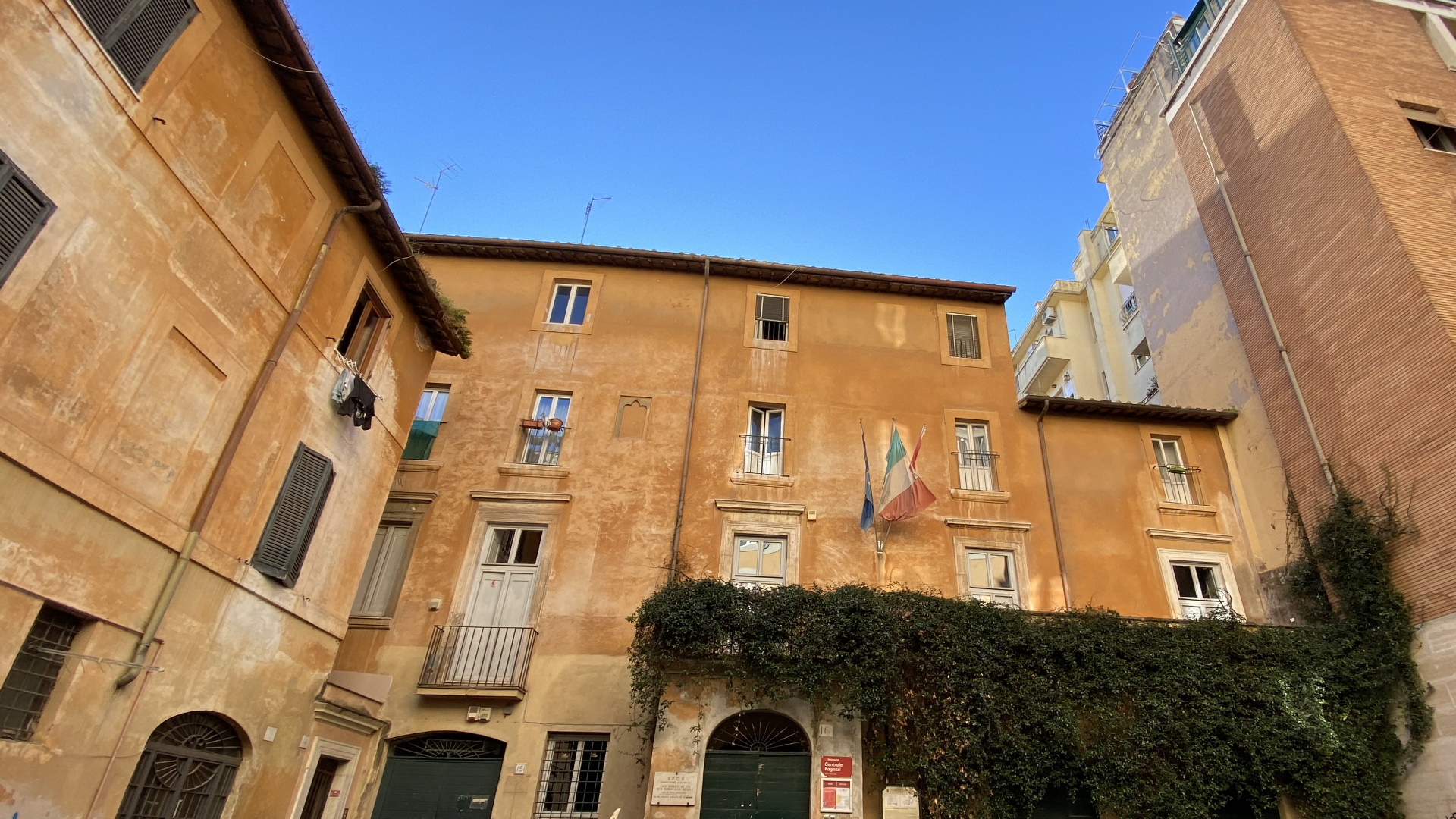
It is one of the most interesting places in underground Rome, a journey back in time that reveals the long building history of a corner of the city behind Tiber Island. Its discovery dates back to the 1970s when, during the restoration of some buildings around the 16th-century Palazzo Specchi and the church of San Paolo alla Regola, some important structures from the Roman age came to light: they were preserved to a height of four stories, two of which below the current street level and reused in the Middle Ages.
The street they overlook today traces an ancient road layout: a vast complex of warehouses, the Horrea Vespasiani, was built here in the time of Emperor Domitian, extending from the Tiber and the present Ministry of Grace and Justice at least as far as Palazzo Spada. In the Severan age some of the warehouses were converted into offices and dwellings, embellished with rich decorations. Destroyed by a violent fire and renovated again under the reign of Constantine, from the 5th century the rooms were gradually abandoned: amidst collapses and alluvial deposits, the ground level then reached approximately the present level. In the 11th and 12th centuries, new buildings were founded on the ancient structures: to this period dates the brick tower-house still visible behind Palazzo Specchi. Between the 12th and 13th centuries the whole area was occupied by dense houses that took up all available space and formed the basis for the development of the later Renaissance palace.
Access to the ancient structures, articulated in a complex succession of rooms on several levels, is precisely through the 16th-century Palazzo Specchi, occupied on the second floor by the Central Children's Library and on the upper floors by private dwellings. On the lowest level are the two large warehouses built at the time of Domitian. The intermediate level, called “of the column” because of the large brick column from the Constantinian era, was originally a paved courtyard, which was closed centuries later because of rising ground levels. The second floor shows the development of the Severan-era storerooms, which were organized around another large courtyard, originally equipped with polychrome pictorial covering in imitation of the more valuable colored marble decoration. The remaining two rooms on the first level are paved with black and white mosaic tiles from the Severan period and constitute the upper floor of the original storerooms.
Case Romane del Celio sotto SS. Giovanni e Paolo
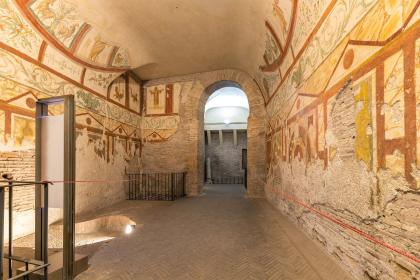
 Condividi
Condividi
The Ara Coeli Insula
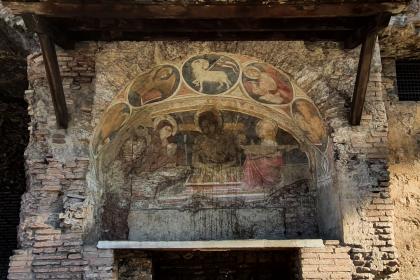
 Condividi
Condividi
Piazza Farnese
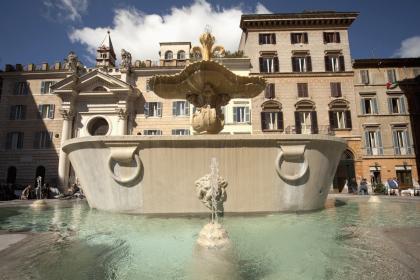
 Condividi
Condividi
The Tiber Island
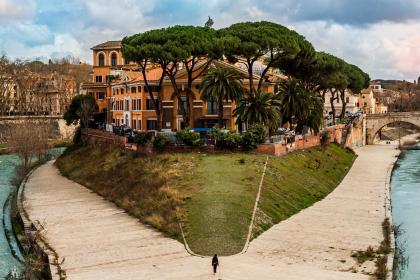
 Condividi
Condividi
Palazzo Spada
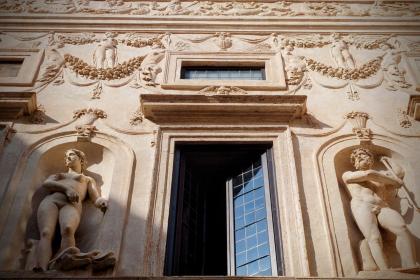
 Condividi
Condividi
Information
Admission to the monument is allowed to groups and associations, with their own guide, who must make a reservation at 060608 (daily, 9.00 - 19.00).Maximum 15 people per visit.For individual visitors, who must also make a reservation at 060608, individual visits are also possible according to a schedule specified on the page >Monumenti del territorioStarting from 01/08/2024 the site will be temporarily closed to the public for the start of the works envisaged by the PNRR
 Condividi
Condividi
Location
To find out about all accessibility services, visit the Rome accessible section.











































